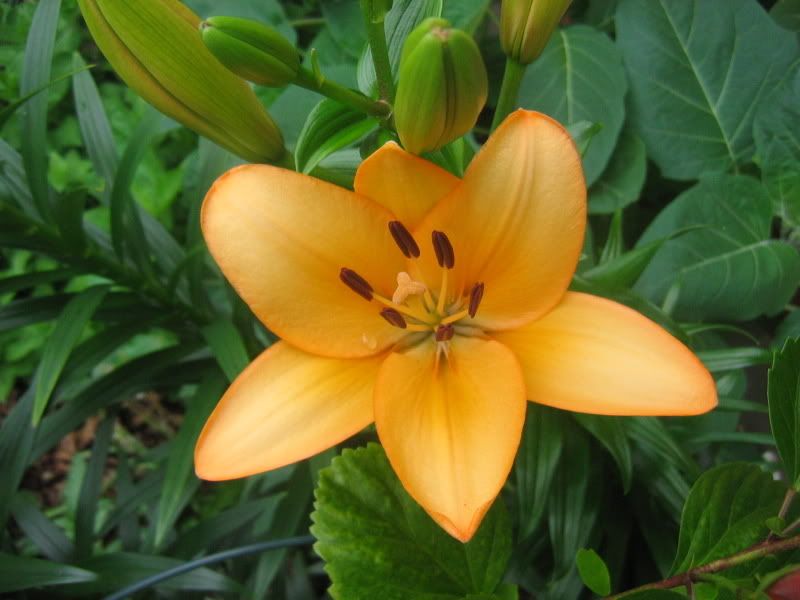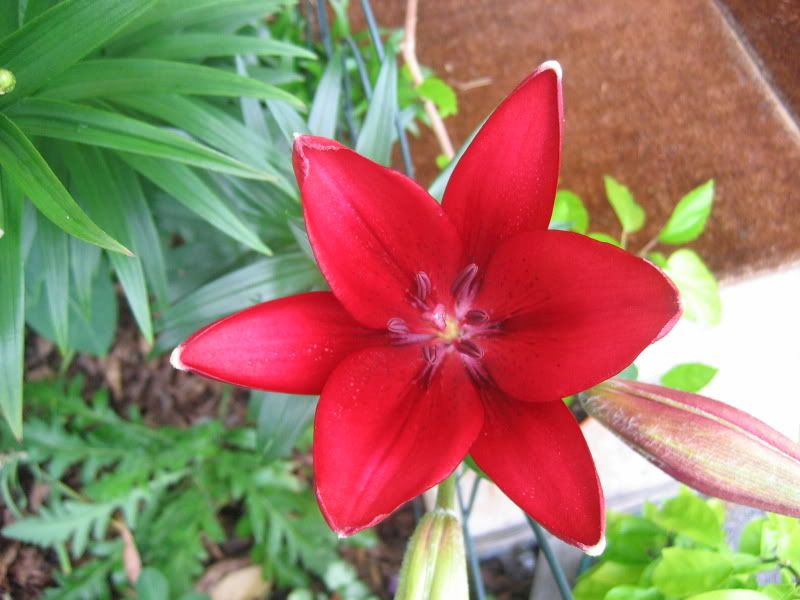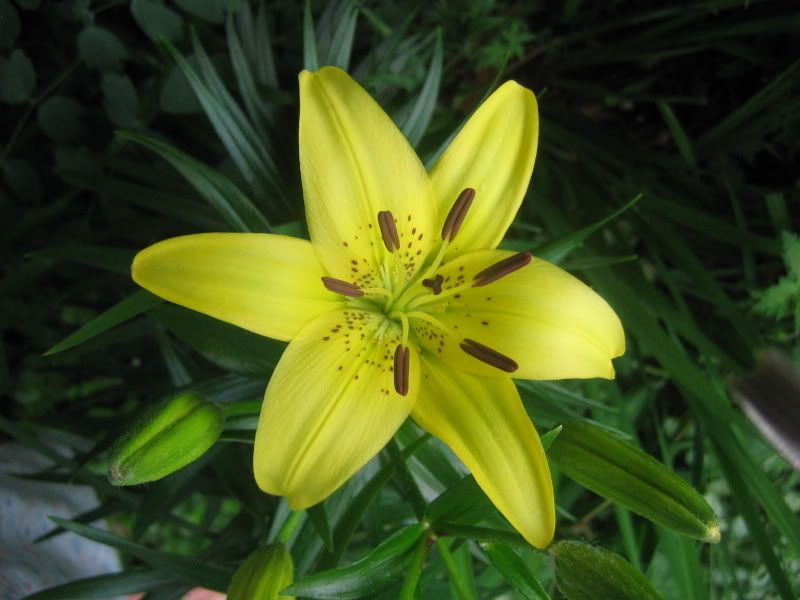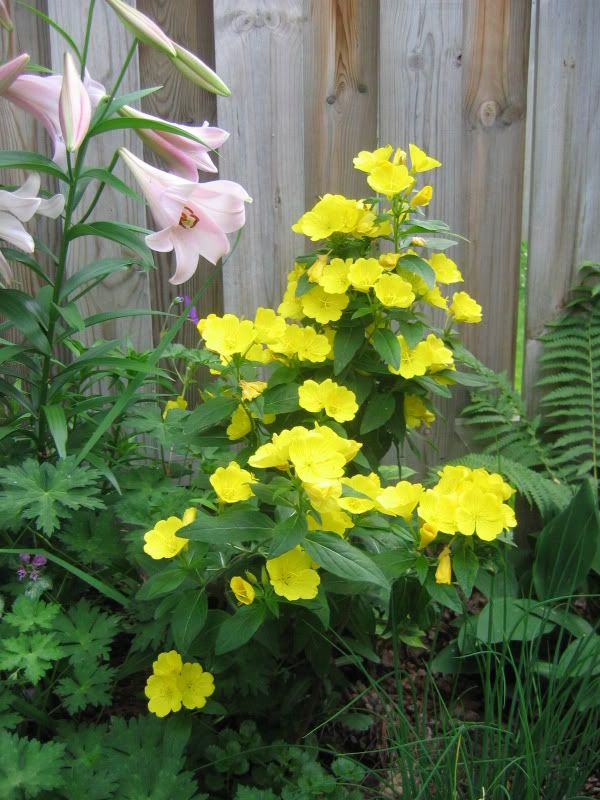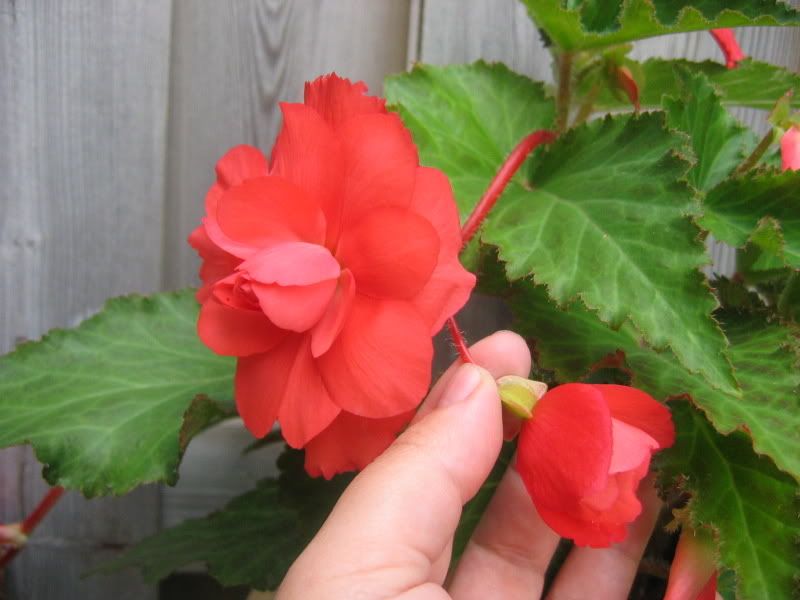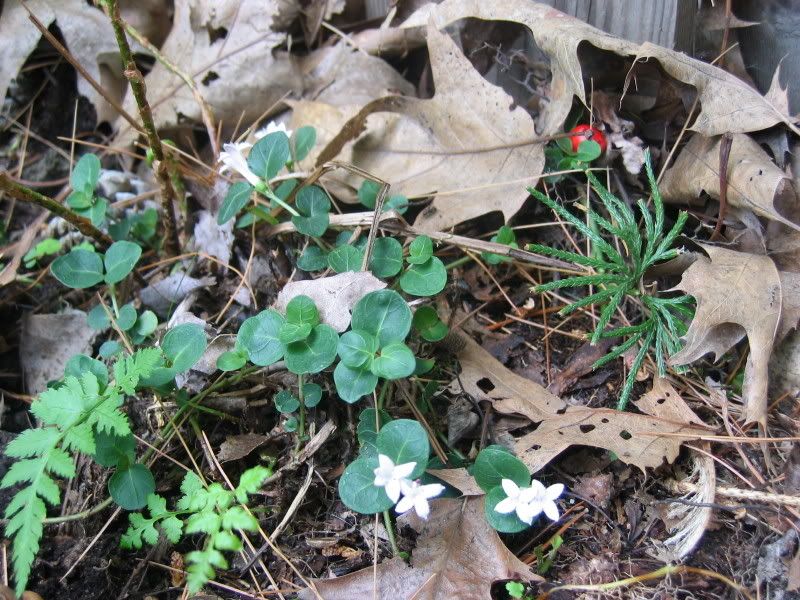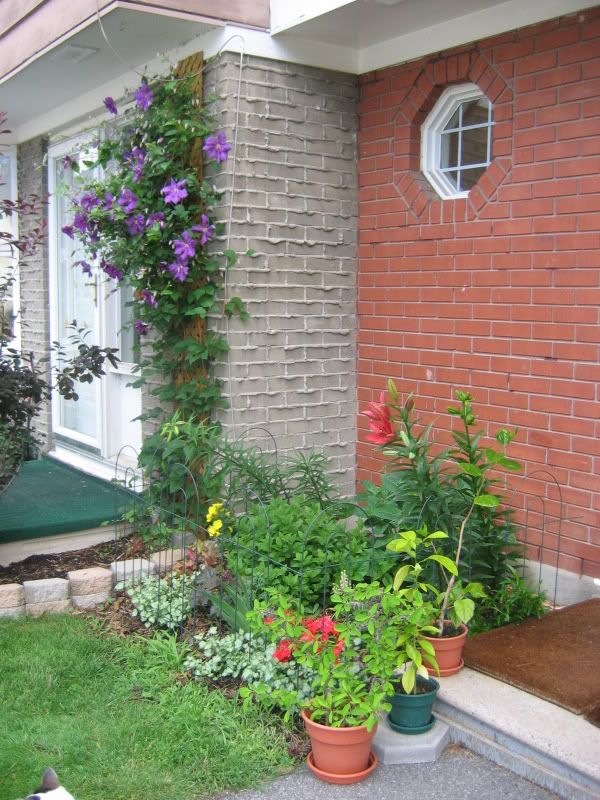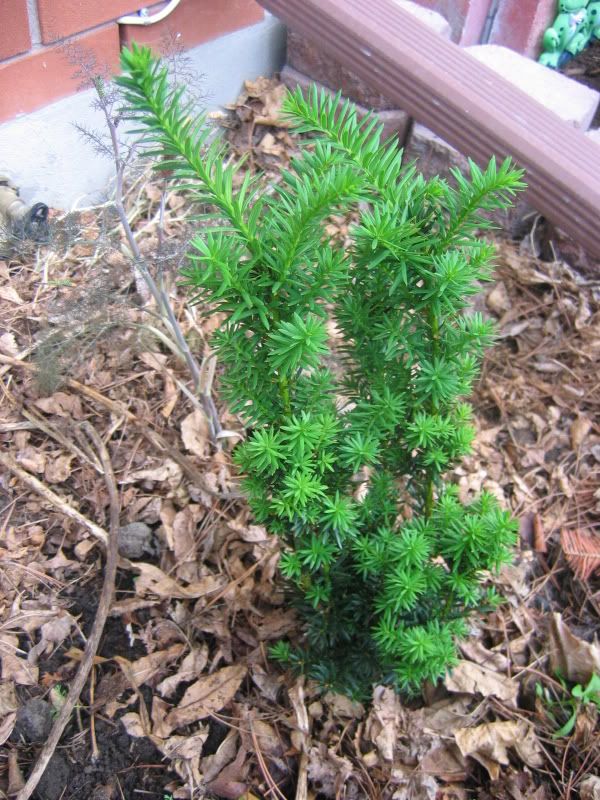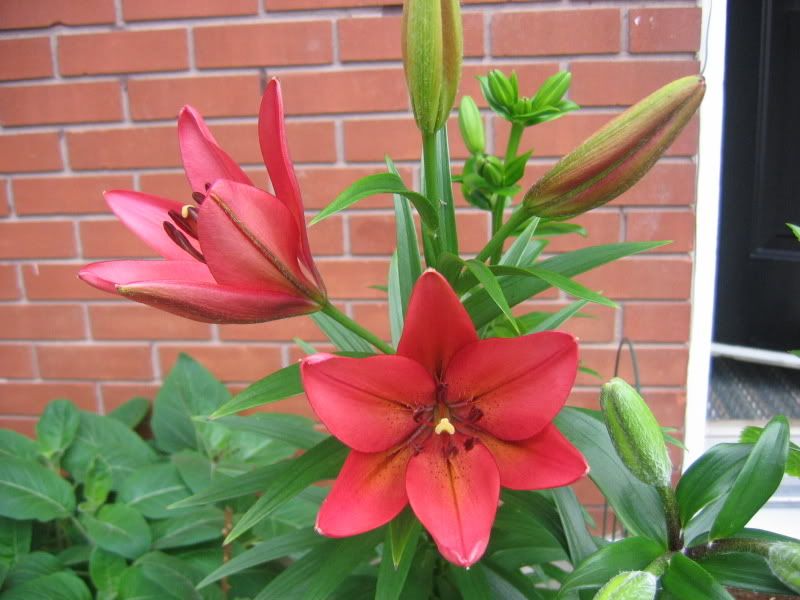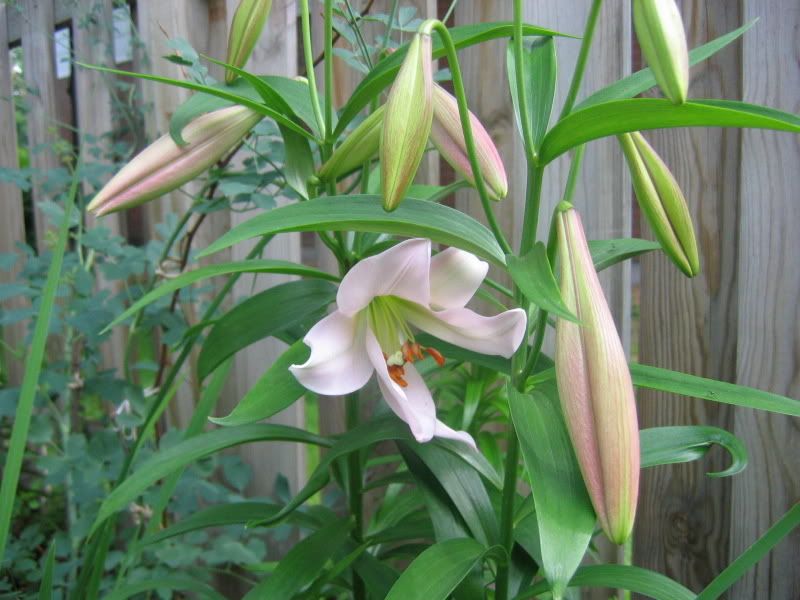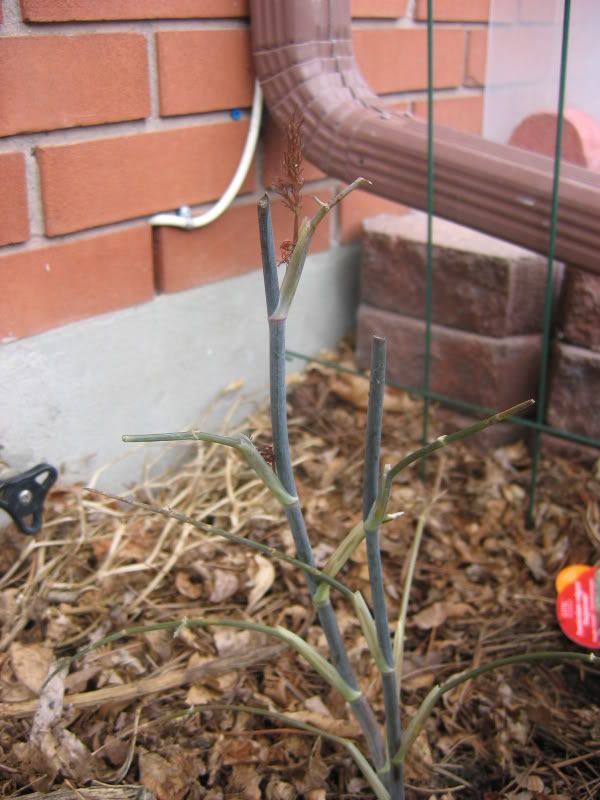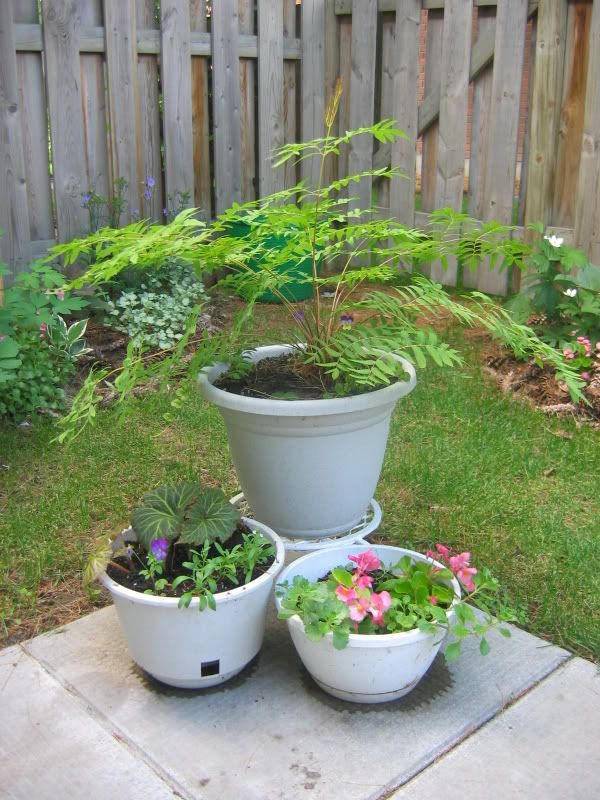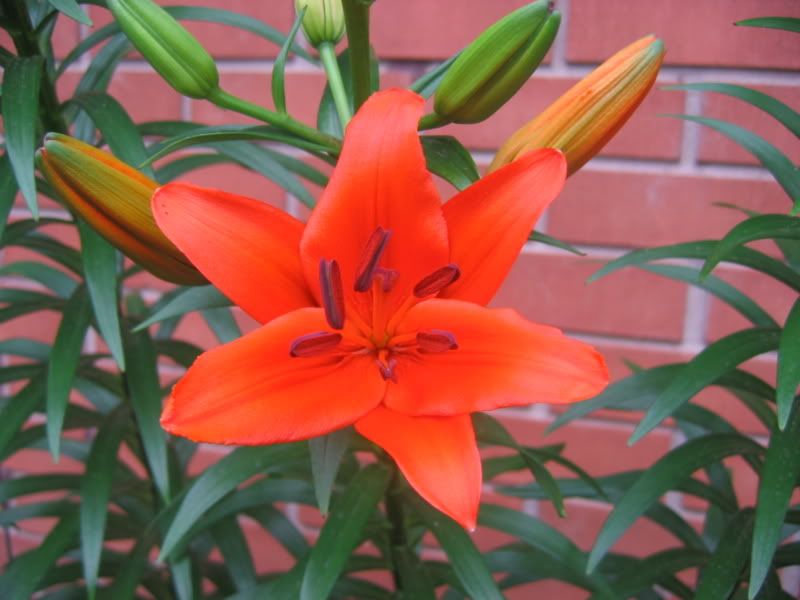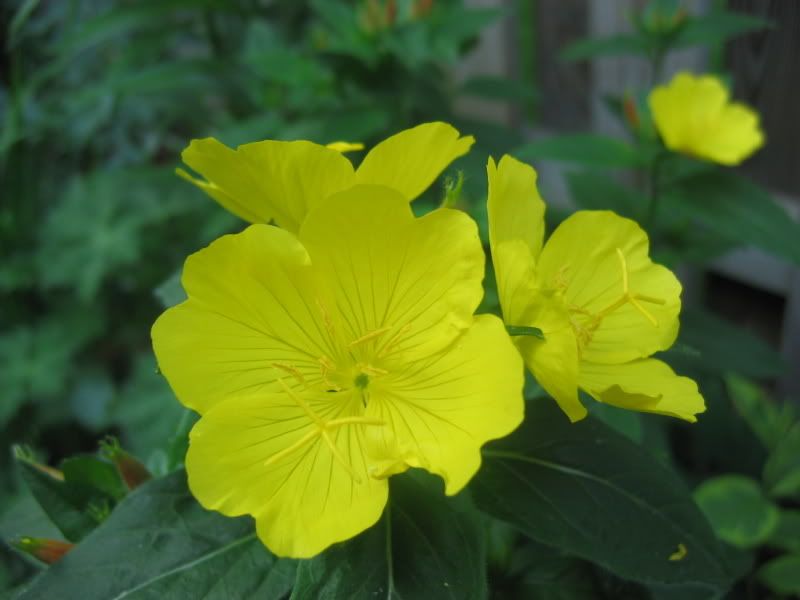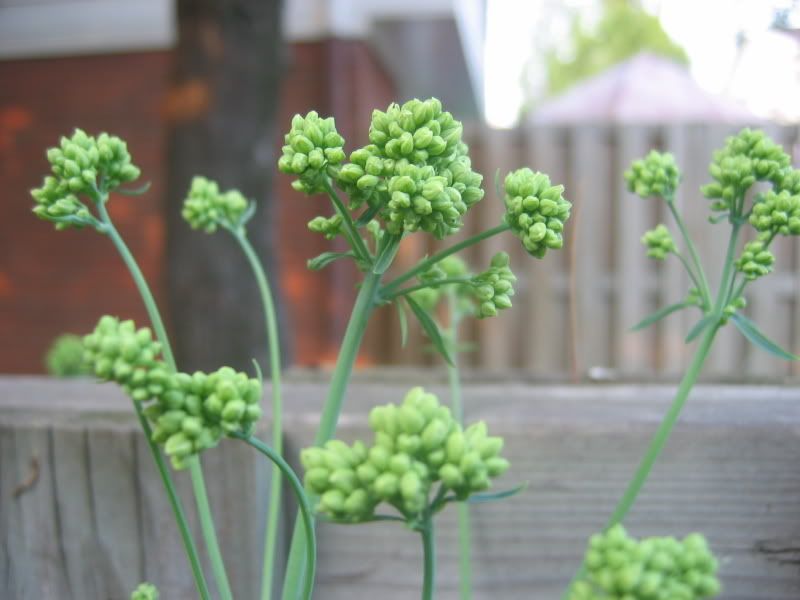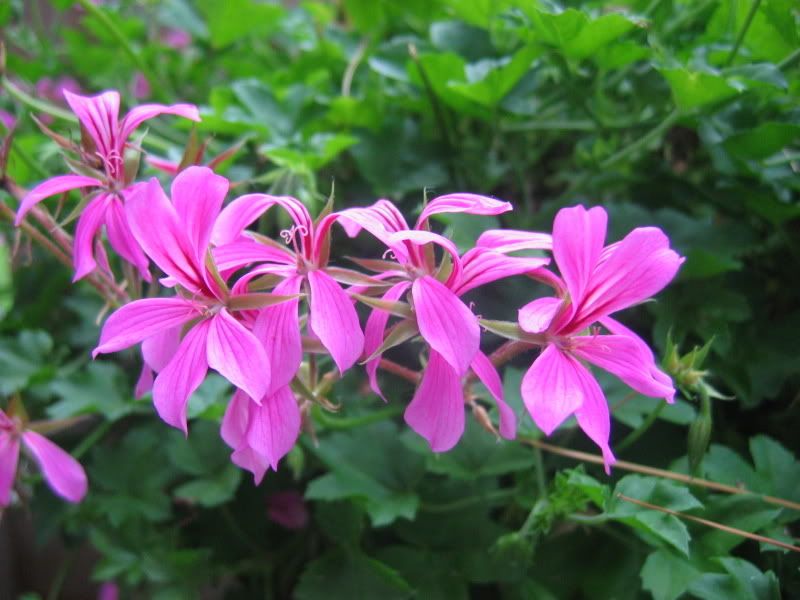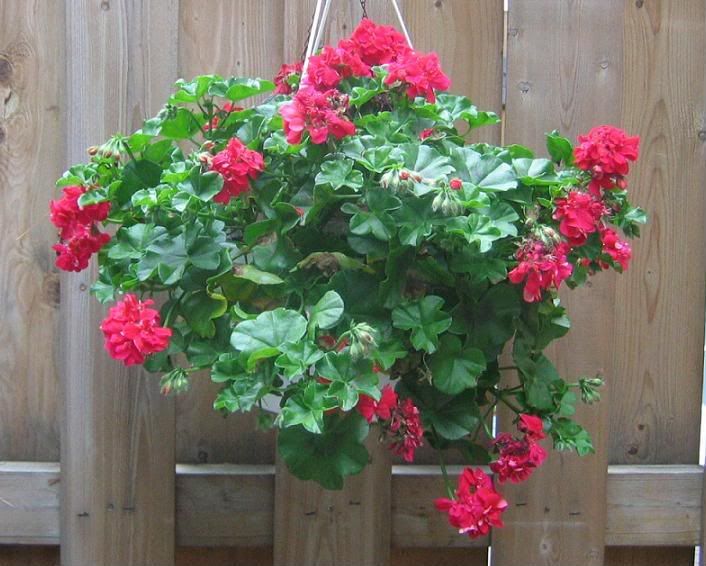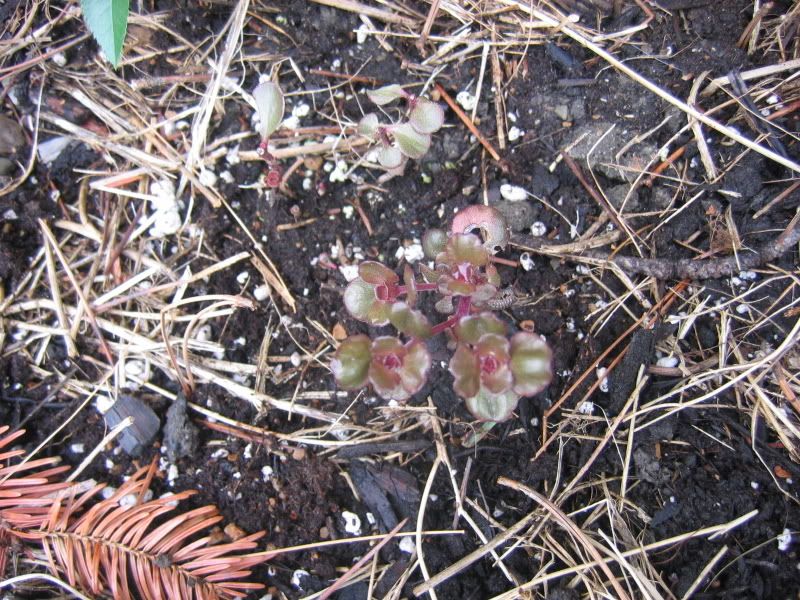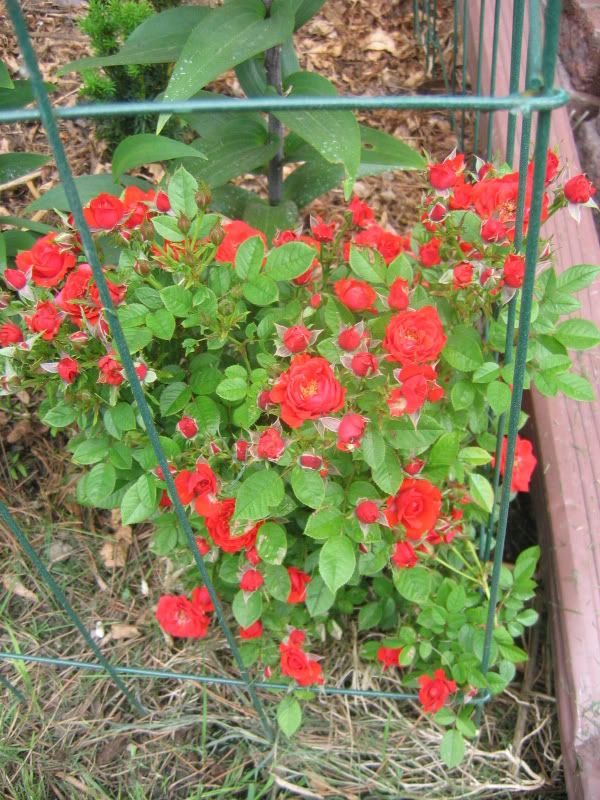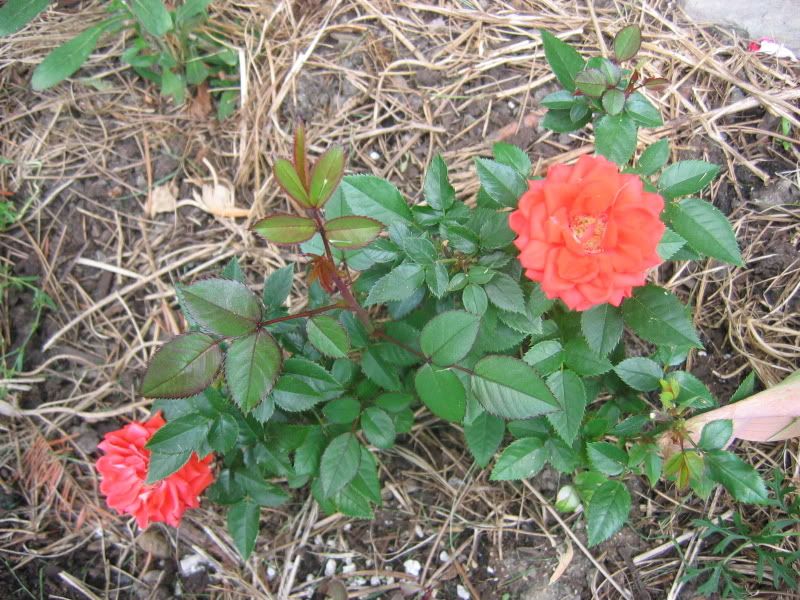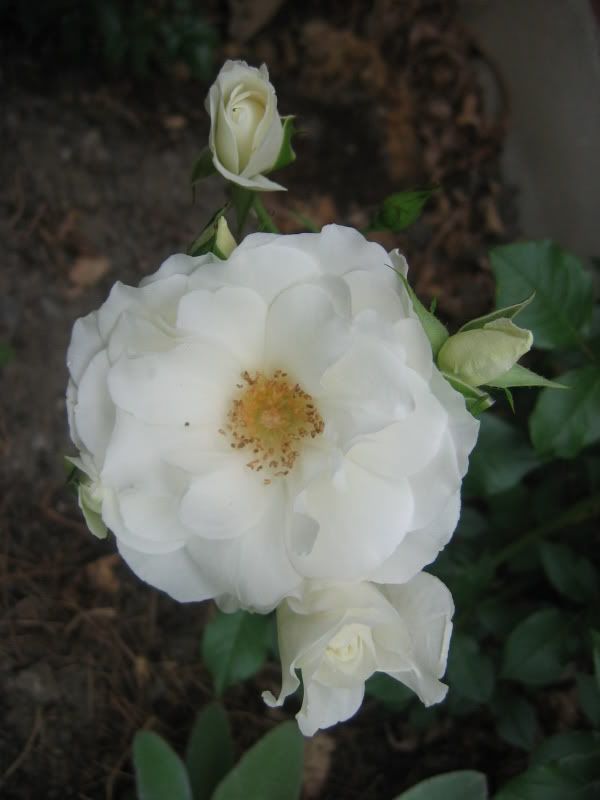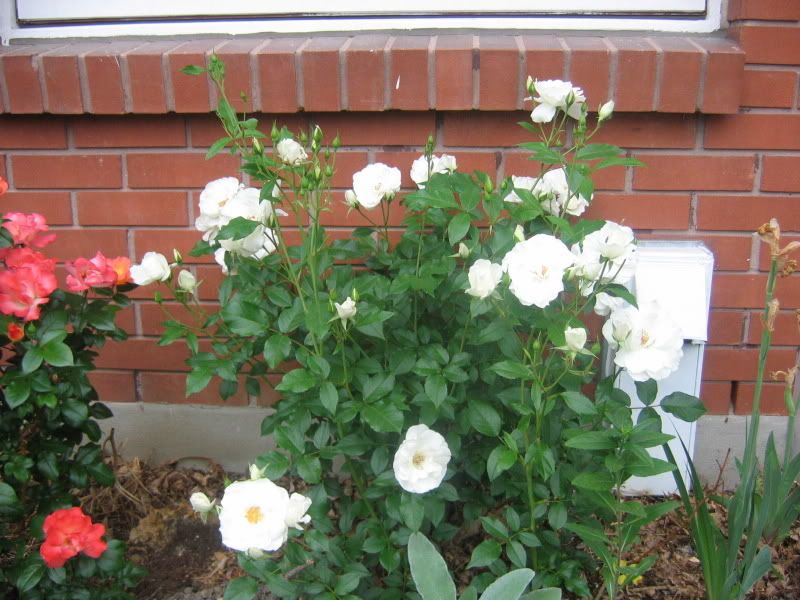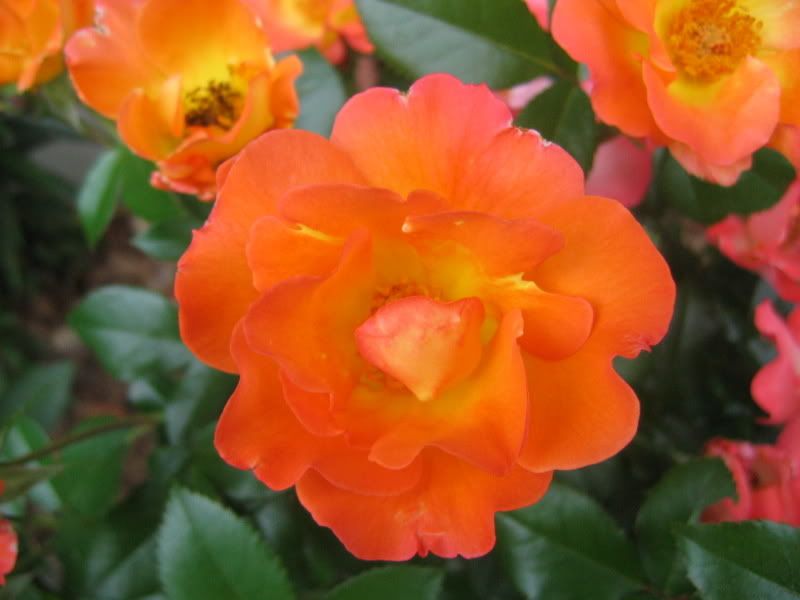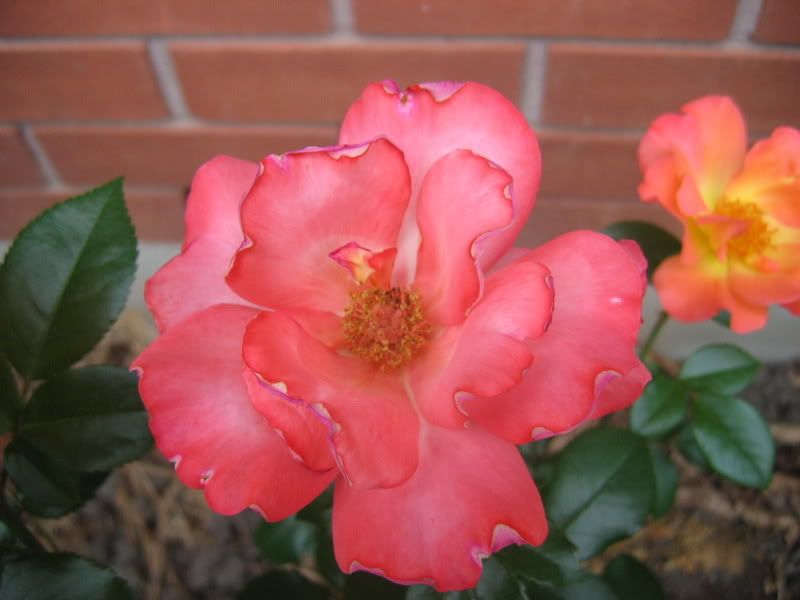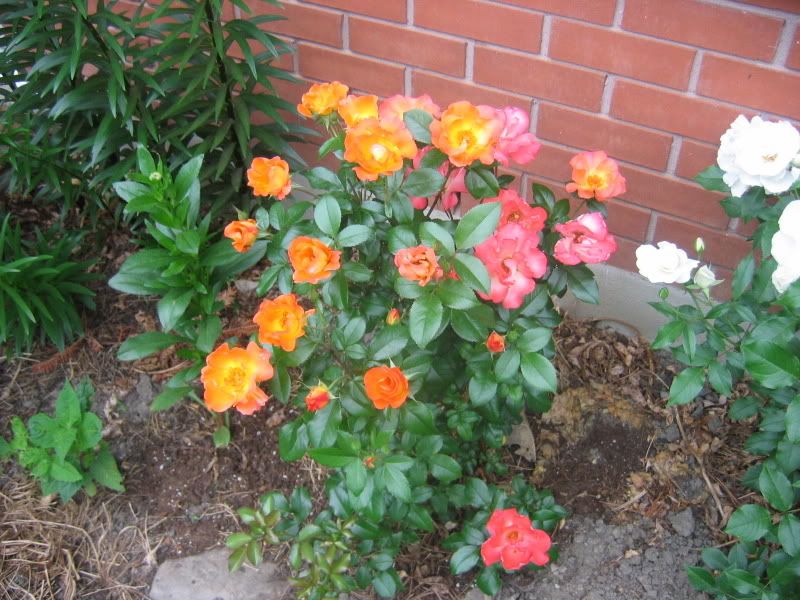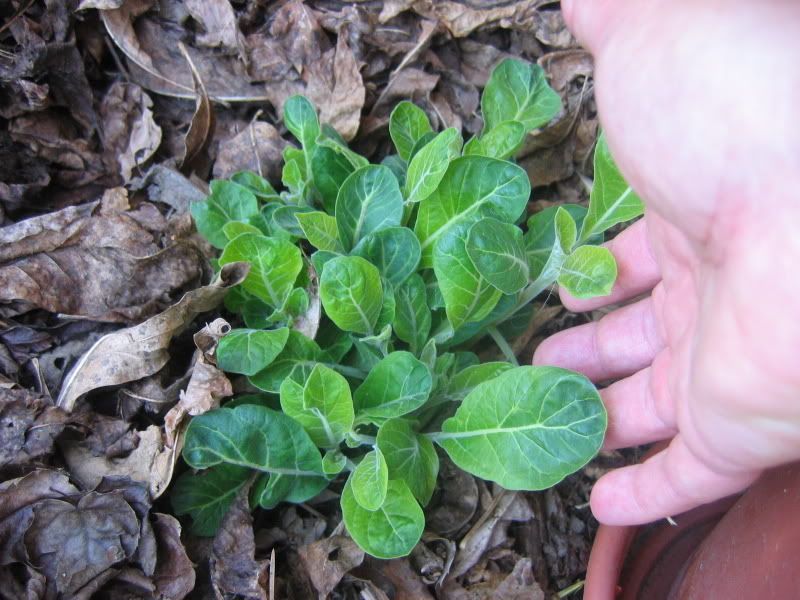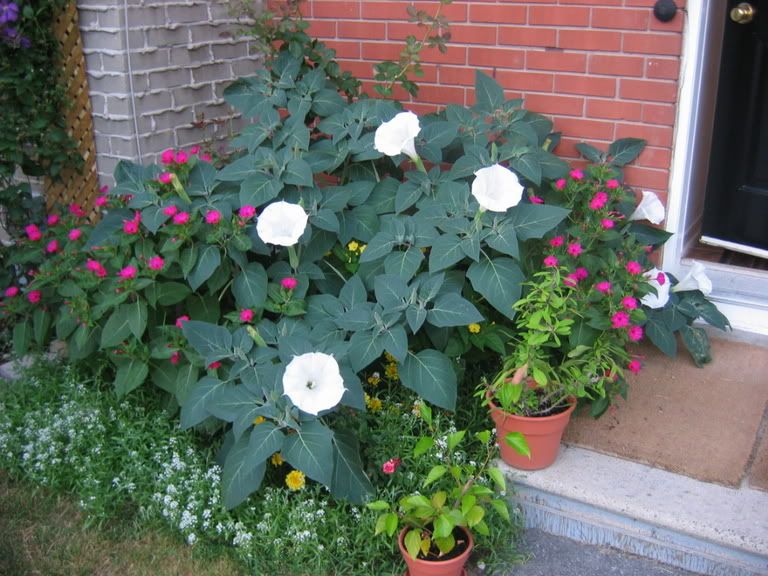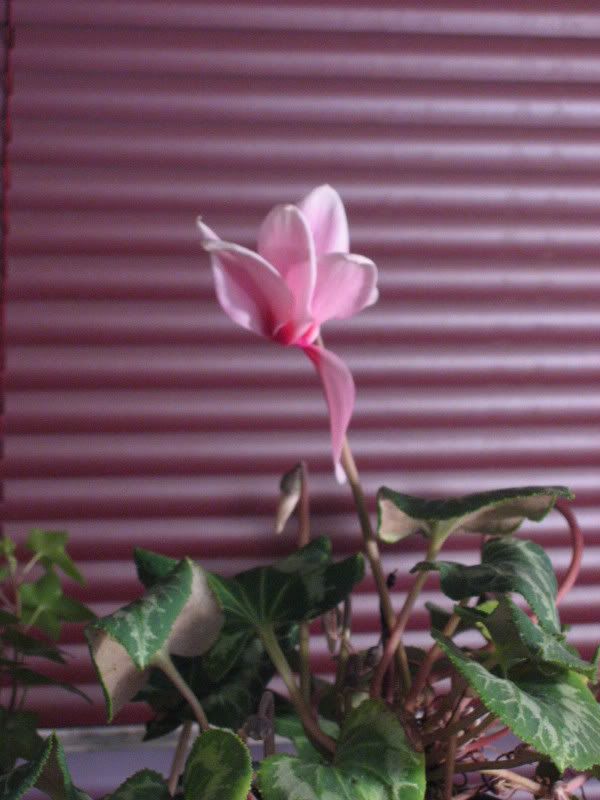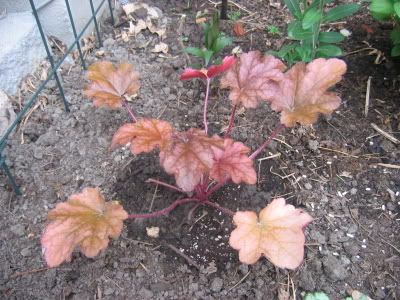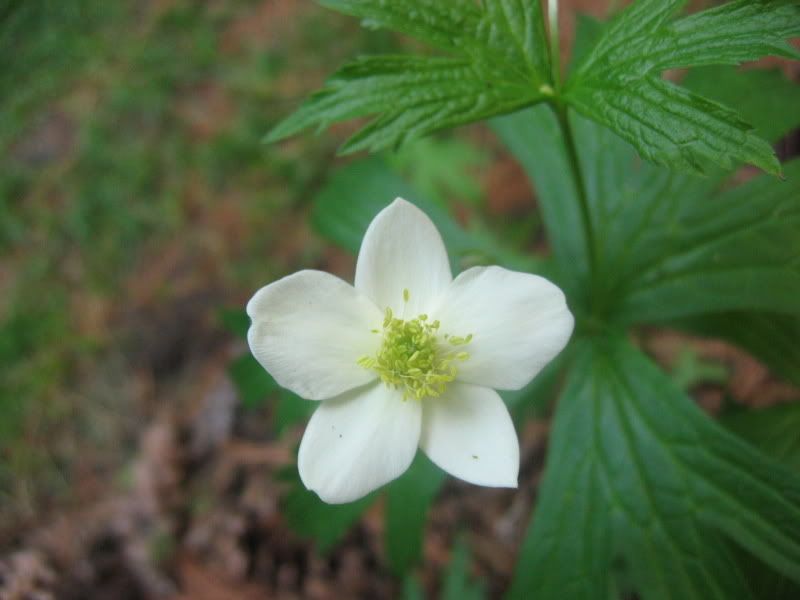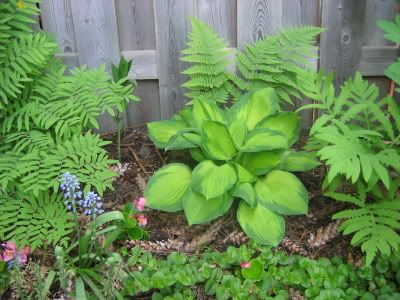Impressing the neighbours with much less work
 Don't you just admire those people who can grow magnificent specimens of exotic ornamentals that nobody else would dare? Gardenias in parched northern apartments, tulips in muggy sub-tropics, rhododendrons on the northerns plains. You know the kind of person I mean. They invariably succeed in impressing even non-gardeners.
Don't you just admire those people who can grow magnificent specimens of exotic ornamentals that nobody else would dare? Gardenias in parched northern apartments, tulips in muggy sub-tropics, rhododendrons on the northerns plains. You know the kind of person I mean. They invariably succeed in impressing even non-gardeners.
I am not that talented. Maybe I could be. I don't know, because I'm not focussed enough to find out. Semi-daily mistings and elaborate structures for winter protection exceed my attention span. I'm lucky to remember to bring in my begonia tubers after the first light frost and before the first killing frost.
If you are like me, there is hope for you. You can have the kind of garden that neighbours thank you for anyway, by following a few simple principles.
1. Choose plants that are happy to live where you put them. Take into account your climate, the soil and light and moisture conditions of the particular place you want to put them, and the kind of pests that are prevalent in your area. This does require a bit of research, but not all that much. If you put a plant where it is naturally happy, you won't have to fight nature to keep it happy. Two of the simplest methods are checking out what other people in your area grow successfully and seeing what the local nurseries sell a lot of. If you want to have a highly unique garden, this is bad advice. If you want to have a beautiful one that won't die every time you turn your back for 10 minutes, this is great advice.
2. Go organic. Really. As well as being much more environmentally responsible, it's easier. You can fertilize with compost or manure any time and plants will pick and choose what they need, when they need it. No more trying to remember when exactly you have to stop pouring on the fertilizer to promote winter hardiness, or which number has to be higher for which plant or at what concentration and frequency it has to be applied. It's like the difference between providing a well-stocked pantry and trying to get the ingredients in the IV right. It's rare in life that you can combine laziness, virtue and efficacity, so take advantage of this opportunity!
3. Mulch. And I don't mean with rocks. There are some instances where mulch isn't a good idea - like in a bed full of plants that love poor, dry soil. Everywhere else, lay down a layer of thick, organic mulch. You will spend less time weeding and watering, and your soil will get richer from year to year instead of poorer.
None of this takes garden design into account, but trust me, you don't have to be a genius to do a perfectly acceptable job in that department either.
Technorati tag: Easy gardening
